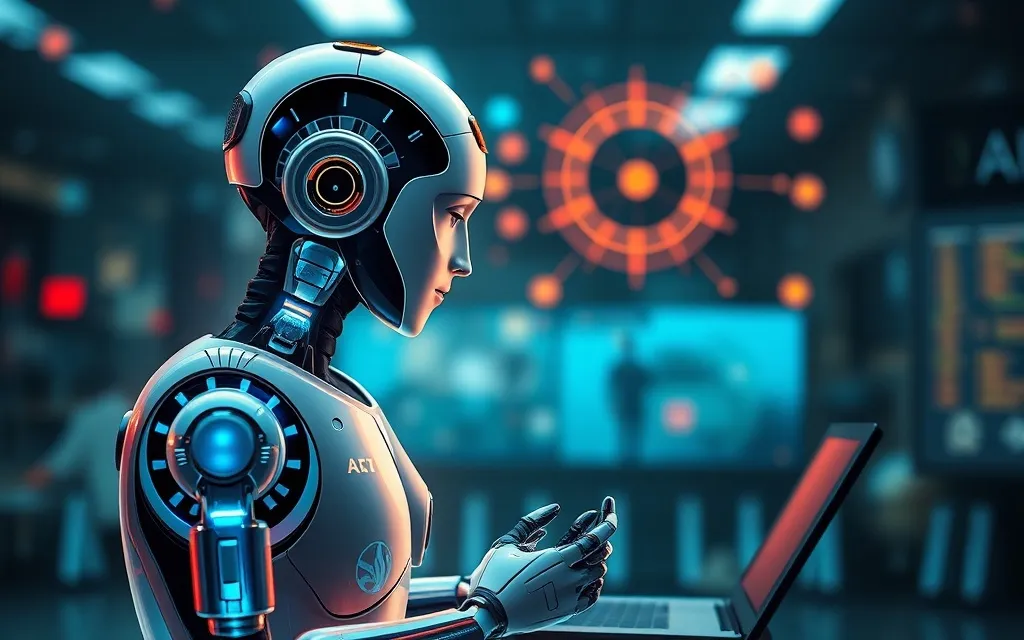
2024-12-25T04:00:00+00:00
In the fast-paced world of artificial intelligence, the emergence of multimodal AI models signifies a monumental leap forward. Among these innovations, OpenAI's CLIP (Contrastive Language–Image Pretraining) stands out as a trailblazer in the field of multimodal machine learning. By delving into the intricacies of CLIP, we gain insight into the future of AI models and their transformative potential.
CLIP is a revolutionary AI model from OpenAI that seamlessly connects text and image comprehension. Unlike traditional models that focus on a single modality, CLIP is engineered to process and interpret both text and images simultaneously. This enables it to excel in tasks such as image classification, object detection, and generating detailed captions for images with remarkable precision.
The core innovation of CLIP lies in its ability to learn from an extensive dataset of text-image pairs, allowing it to grasp the context and semantics of visual content in relation to textual descriptions. This multimodal approach not only enhances the model's versatility but also paves the way for applications across various industries.
The rise of CLIP and similar technologies signals a paradigm shift in the future of AI models. As we advance towards a more interconnected digital ecosystem, the need for AI systems that can seamlessly integrate diverse data forms is increasing. Multimodal AI models like CLIP are poised to meet this demand by offering more comprehensive and nuanced insights.
The potential applications of CLIP are vast, ranging from enhancing content creation and curation to improving accessibility features for visually impaired individuals. As AI models become more adept at understanding and generating content across different modalities, we can anticipate a surge in innovation across sectors such as entertainment, education, and healthcare.
OpenAI's CLIP technology is more than a tool for processing text and images; it is a catalyst for creativity and innovation. By enabling machines to perceive and interpret the world in a manner akin to human perception, CLIP is paving the way for more intuitive and interactive AI systems. This is particularly evident in content creation, where AI-generated imagery and video are becoming increasingly sophisticated.
For example, Google's developments with Veo 2 and Imagen 3, along with Meta's Movie Gen, highlight the growing trend of integrating AI into creative processes. These models, much like CLIP, harness multimodal capabilities to produce high-quality visual content, showcasing AI's potential to revolutionize media creation and consumption.
As we look to the future, the role of multimodal AI models in shaping the technological landscape cannot be overstated. Innovations like CLIP are setting the stage for a new era of intelligent systems that are more adaptable, efficient, and capable of understanding complex human interactions.
The integration of AI into everyday applications is becoming more seamless, with companies like Adobe and Google leading the charge in developing tools that blend AI-generated content with traditional media. This trend not only enhances the creative process but also ensures that AI remains a valuable asset across various professional fields.
In conclusion, the exploration of CLIP and its implications for the future of AI models underscores the transformative potential of multimodal machine learning. As we continue to push the boundaries of what AI can achieve, integrating text, image, and other data forms will be crucial in shaping the next generation of intelligent systems. With OpenAI's CLIP technology at the forefront, we are witnessing the dawn of a new era in AI innovation—one that promises to redefine our interaction with technology and unlock new possibilities for human creativity and understanding.
What are your thoughts on the potential of multimodal AI? Share your insights or explore further by diving into the latest developments in AI technology.